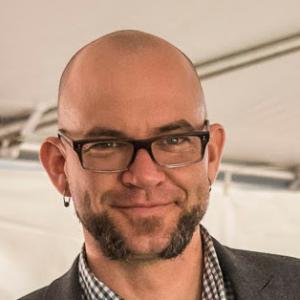Collectively Independent

- Kris Palagi, M.Arch.II 2015
Class
Twisted and Woven: Option Studio (spring 2015)Instructor
Jenny Sabin
Eric Ellingsen
Karl Kim, a disaster researcher at University of Honolulu’s Department of Urban and Regional Planning, puts it, "If Iniki had hit the south shore of Oahu, there would be potential for thousands of people to be killed, and there would be billions of dollars worth of damage."
"You've got to be ready to help yourself and your family for seven days at the minimum," says John Cummings, public information officer for the city of Honolulu’s Department of Emergency Services. "It's not that we don't want to be there, but with a population of a million people, it's going to be a long time before you see assistance in your community."
Honolulu exists on life-support; annual hurricanes have so far missed the fragile lynchpin that is Waikiki. The tax on existing infrastructure, bloated by recent speculative development, challenges the resiliency of both potable and wastewater systems. What long-term actions can a resident take to help mitigate the potential effects of a catastrophe? How can architecture aid the greater community post-event? A parasite, binding water catchment with passive cooling strategies allows a logic of assembly to develop site (apartment tower) specific relationships. Initially installed to diminish water demand and electrical cooling loads, post-hurricane the installation allows for an existence in the utility-free carcass of high-rise structures. For the individual post-catastrophe, light is calmed, slowed by its refraction in stored water. This same individual reacting to the assessment of their surroundings can actively provide feedback to the community through haptic interactions with the installation.



